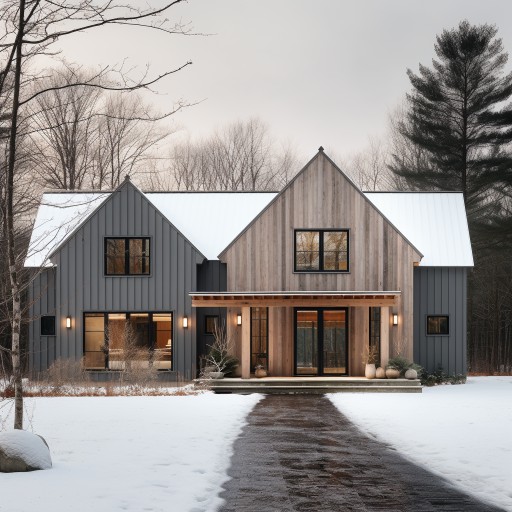Passive House Architect Alessandro Ronfini

co-founder
We caught up with Alessandro Ronfini, an Italian-born architect with a passion for innovation and sustainability. With a decade of experience in design and construction, his work has been celebrated in Dwell Magazine, ArchDaily, and many others. Alessandro is not only a licensed architect in both New York State and Italy, but also a Certified Passive House Designer. His expertise extends to teaching at prestigious institutions like USC School of Architecture and CUNY CityTech University, where he shares his knowledge in building technology and sustainable design. As an active member of the Passive House community, he continues to inspire and educate through lectures at events and conferences across the US. Alessandro is co-founder of Demo Architects, a NYC-based architecture firm. Join us as we delve into his journey and vision for designing beautiful, energy-efficient buildings.

(EcoHome) Alessandro, can you tell us a little bit about your background and what inspired you to become an architect?
(Alessandro) I chose to pursue a career in architecture not due to a longstanding passion or a family tradition, but rather because of my fascination with the process of bringing ideas to life in tangible form. I wanted to find a profession that would allow me to translate concepts into physical objects. This led me to explore various fields, including engineering and design. Ultimately, architecture emerged as the discipline that resonated with me the most. It offered a broader spectrum of creative possibilities and the potential to specialize down the road.
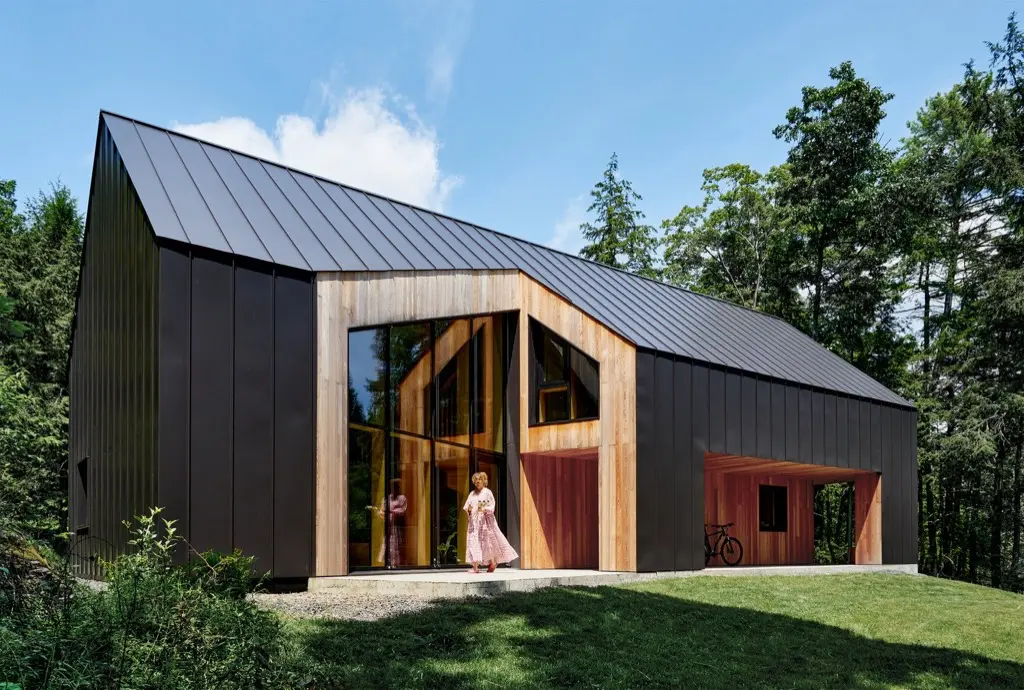 Olive Passive House by Alessandro Ronfini
Olive Passive House by Alessandro Ronfini
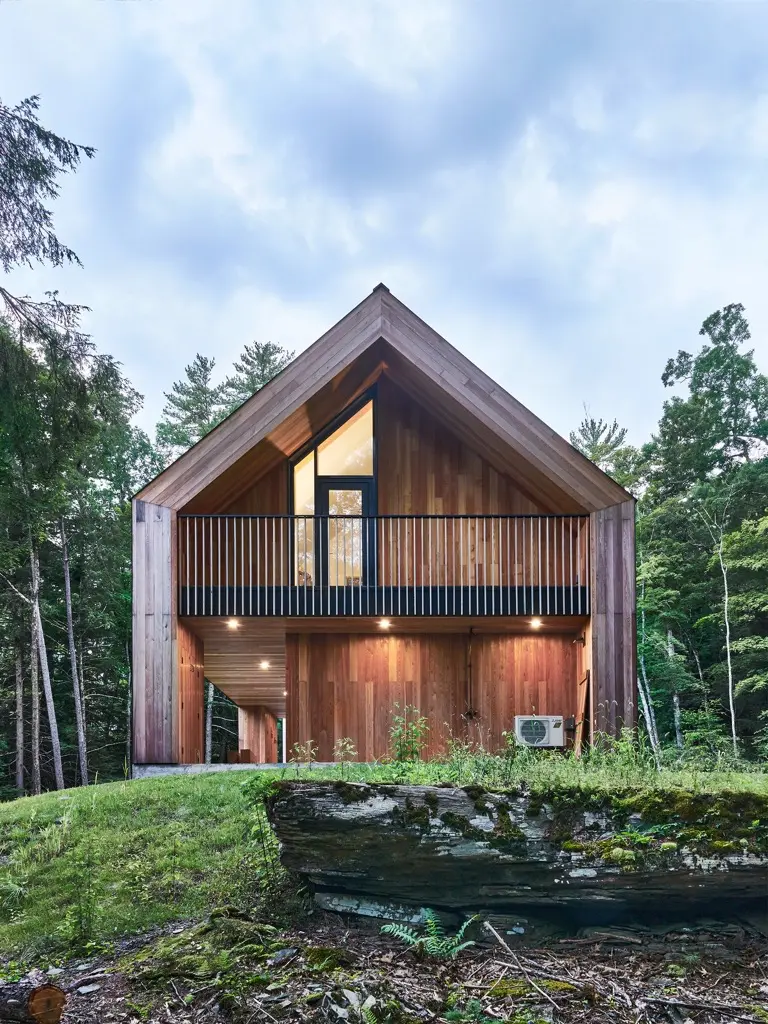 Profile view of Olive Passive House by Alessandro Ronfini
Profile view of Olive Passive House by Alessandro Ronfini
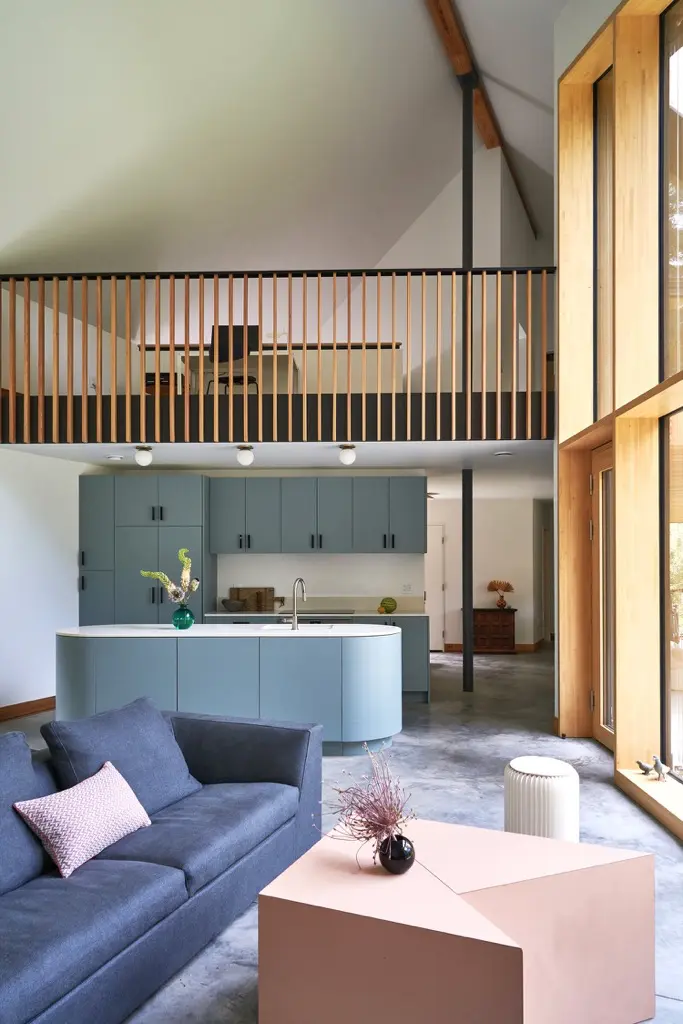 Living room/kitchen of Olive Passive House by Alessandro Ronfini
Living room/kitchen of Olive Passive House by Alessandro Ronfini
(EcoHome) What drew you specifically to the concept of passive house design and energy efficient homes?
Having lived in Italy, Belgium and Denmark and worked on projects across Europe, I became acquainted with passive house construction, which is quite popular in certain European regions. I had a solid understanding of its fundamentals and was intrigued by its potential to create longer-lasting, more comfortable buildings with reduced energy consumption.
My journey into the world of passive houses truly began while I was working on large-scale projects with an engineering firm in the US. At that time, there was limited demand for this approach in the market, and we aimed to stay ahead of the curve. My first hands-on experience with passive house design was on a large multi-family building containing over 500 apartments. It was here that I conducted extensive studies, tests, mock-ups, and simulations. Eventually, I made the decision to venture out on my own and establish my practice.
Interestingly, one of the initial projects I embarked on was my own home. I had a detailed understanding of passive house principles and I wanted to put these ideas to the test on this small, personal project. This was an opportunity to explore the benefits of passive house design on a more intimate level. I tried to push the boundaries in terms of the house's shape, resulting in a design that stands out from the conventional, yet offers unique advantages in terms of energy efficiency and comfort.
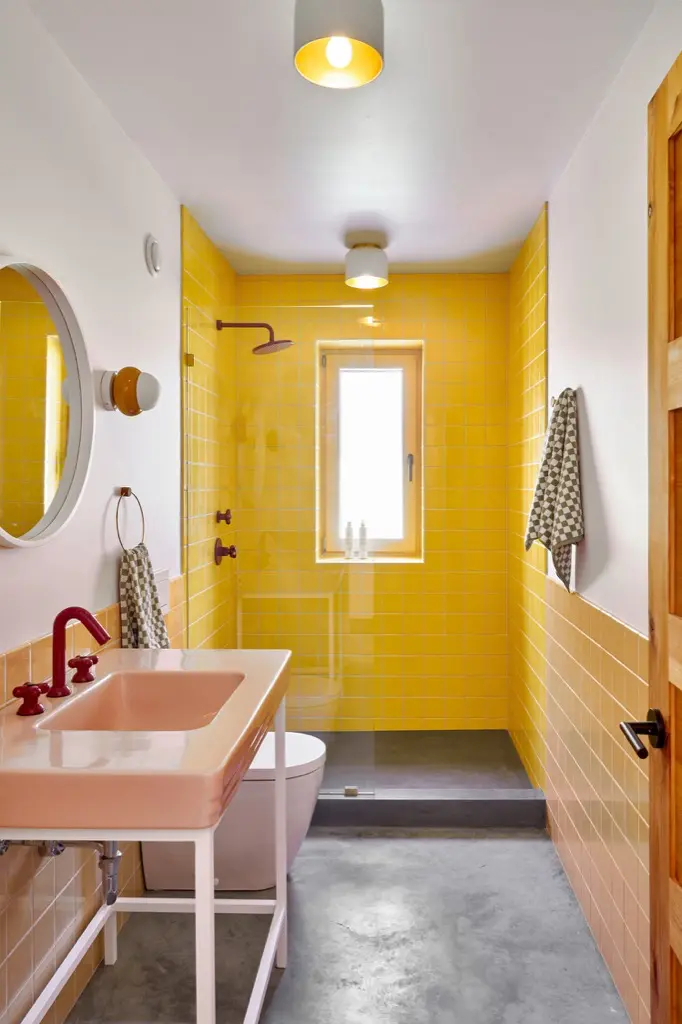
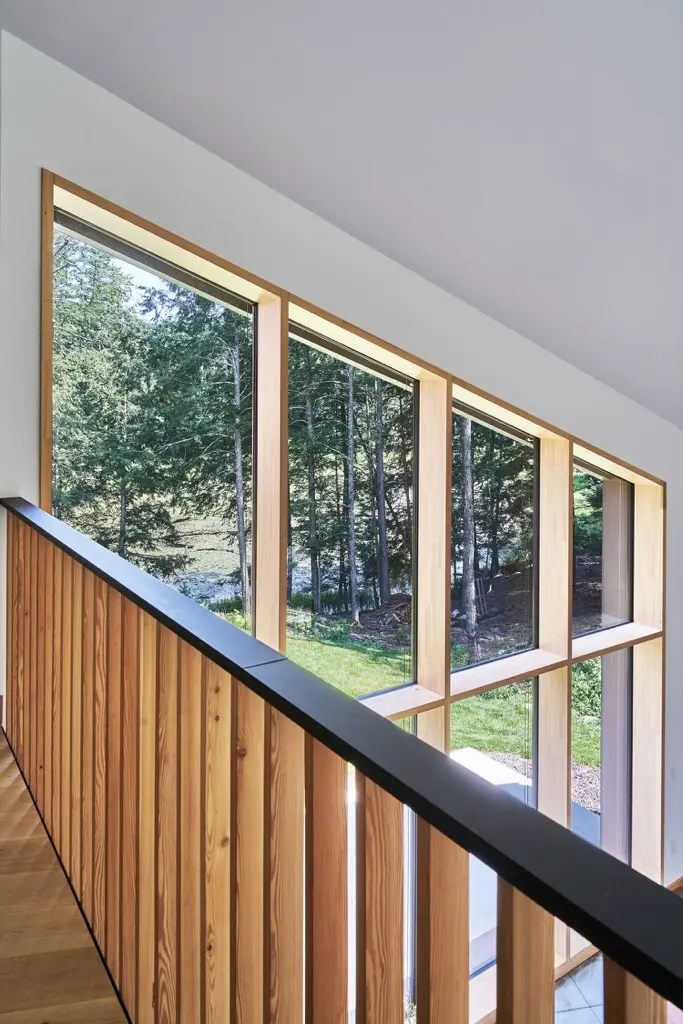
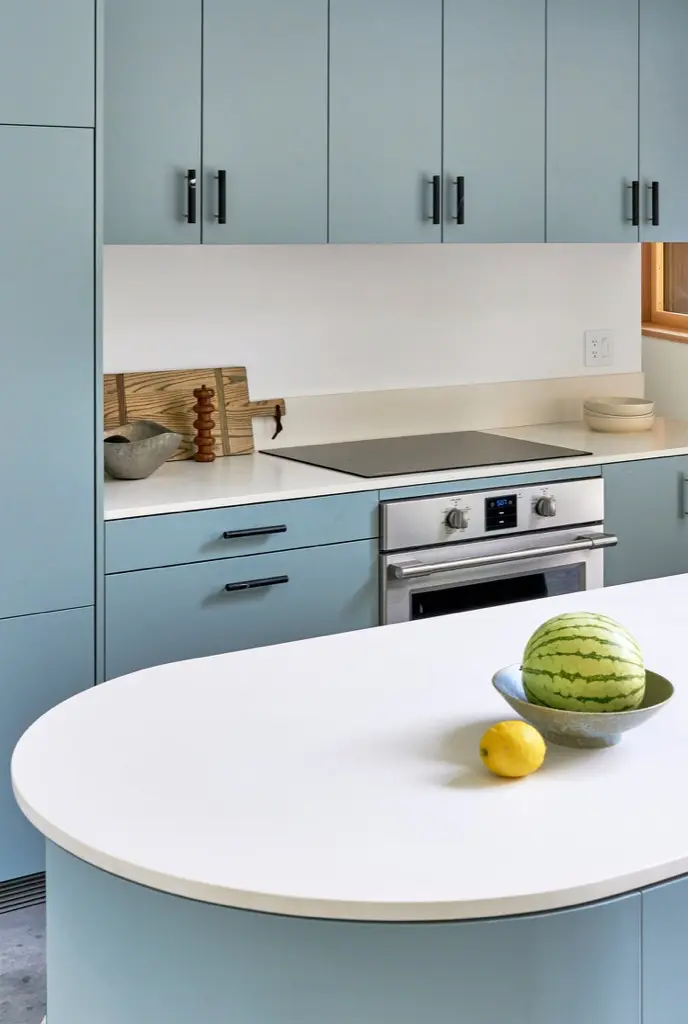
(EcoHome) Could you explain the core principles of passive house architecture for our readers who might not be familiar with it? You don't have to get really scientific, but high level. Like, what's the difference between a passive house and let's say a traditionally framed and insulated American craftsman style house that was built in the 1950s?
A passive house is essentially a home that prioritizes the well-being of its occupants above all else; this naturally leads to enhanced energy efficiency. The key to achieving these goals lies in a specific approach. To create a passive house, you start by constructing a highly insulated and impeccably sealed building envelope. This airtight enclosure allows for precise regulation of interior air quality and comfort.
Once you have this well-insulated and sealed envelope, you gain the ability to control the air quality within the space effectively. You can control not only the temperature but also the humidity and pollutants. Continuously supplying the home with fresh, clean air is achieved through systems known as ERV (Energy Recovery Ventilation) or HRV (Heat Recovery Ventilation). These systems work by constantly drawing in outdoor air, filtering it, and delivering it to the interior, while simultaneously removing stale air from places like bathrooms and kitchens. Moreover, during this process, the heat from the indoor air is transferred to the incoming fresh air, resulting in minimal energy loss and maximum comfort.
The inhabitants of a passive house have full control over air temperature, air quality, and humidity. This approach not only creates an exceptionally healthy and comfortable living environment but also leads to exceptional energy efficiency.
(EcoHome) How has your upbringing or early life experiences influenced your approach to architecture and sustainability?
I believe that my upbringing, which took me from Venice to Copenhagen and then to New York, has subconsciously shaped the way I think and design spaces. Now that I'm a bit more mature, I can see this influence more clearly. Instead of merely admiring the glossy images of new buildings in magazines, I often find myself reflecting on the spaces I've encountered throughout my life. I had the opportunity to travel extensively throughout Europe with my family during my childhood and later, while I was studying, taking in its architecture.
When I design buildings today, I can't help but think about the structures I've seen and what made them special, comfortable, or emotionally impactful. It's fascinating to look back on those spaces and consider how they achieved their quality within the constraints of their time. In the past, aesthetics were crucial, but there were limited resources and materials available, which led to distinct local architectural styles in different places.
Today, we have access to virtually anything we want in the world, but the spatial quality often falls short of what was accomplished in the past. It's a thought-provoking contrast, and it certainly influences my approach to design.
(EcoHome) What led you to start Demo Architects?
The reason I founded Demo Architects stemmed from my desire to create a work environment where thoughtful design, research and technical expertise would go hand in hand. Personally, I've always considered myself more of a technician than an artist. Throughout my professional journey, I found myself attempting to bridge this gap in knowledge and proficiency.
In my earlier roles at architecture firms, the emphasis was often on grand designs and striking structures, while the technical intricacies were typically delegated to other professionals. I aspired to be a professional who could blend innovative and challenging designs with a deep understanding of their technical aspects.
Demo Architects strives to bring together the best of both worlds: creative, captivating designs, and the technical know-how to bring them to life.
(EcoHome) Can you share a memorable project that best exemplifies your design philosophy?
If I were to highlight a project that's particularly close to my heart, it would be Stella House. This project holds a special place in my professional journey as it was the first we completed on our own. It's a relatively small house, measuring 1500 square feet. Originally, we aimed to design it as a passive house, but budget constraints made it impractical to pursue the certification. This project served as a wake-up call of sorts, reminding us that, despite the best intentions, we must always consider the clients, their budget, and their ultimate satisfaction with the completed project. Stella House was one of our earliest endeavors, and it taught us the valuable lesson of setting goals and being flexible enough to adapt when necessary. It underscored the importance of balancing ambition with practicality and ensuring that the end result is not just a dream on paper but a living space that truly meets the client's expectations.
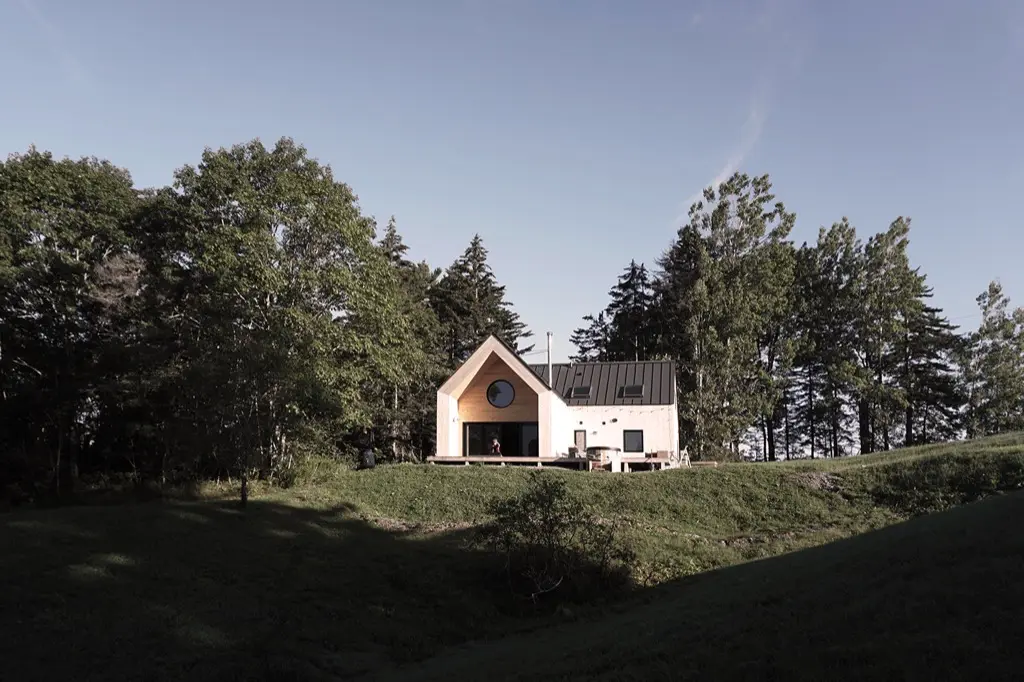 Stella House by Alessandro Ronfini
Stella House by Alessandro Ronfini
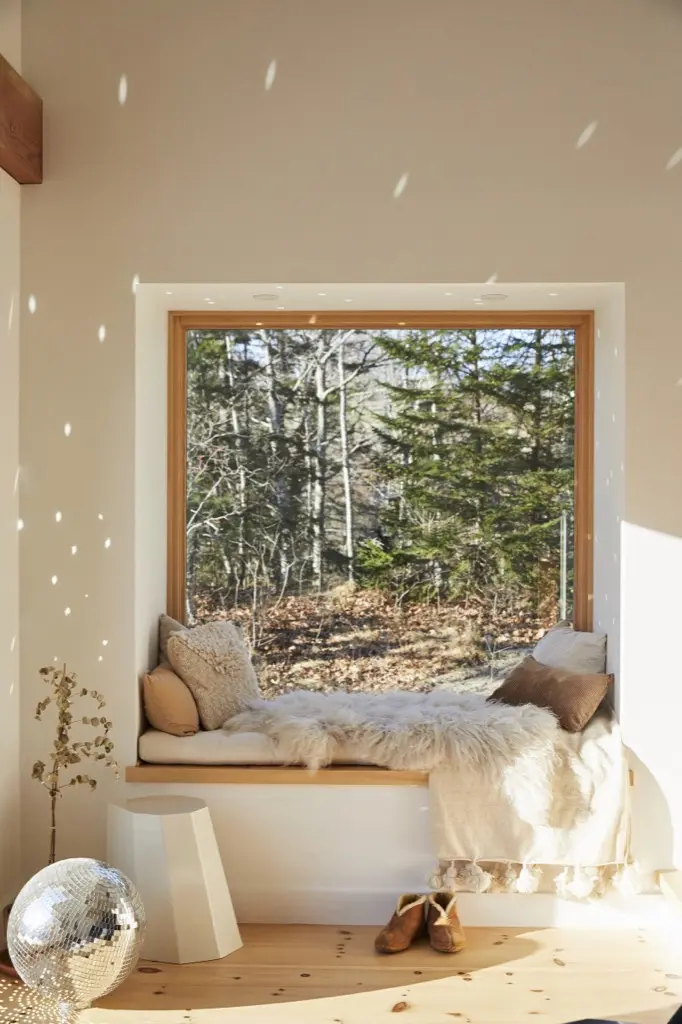 Window seat inside the Stella House by Alessandro Ronfini
Window seat inside the Stella House by Alessandro Ronfini
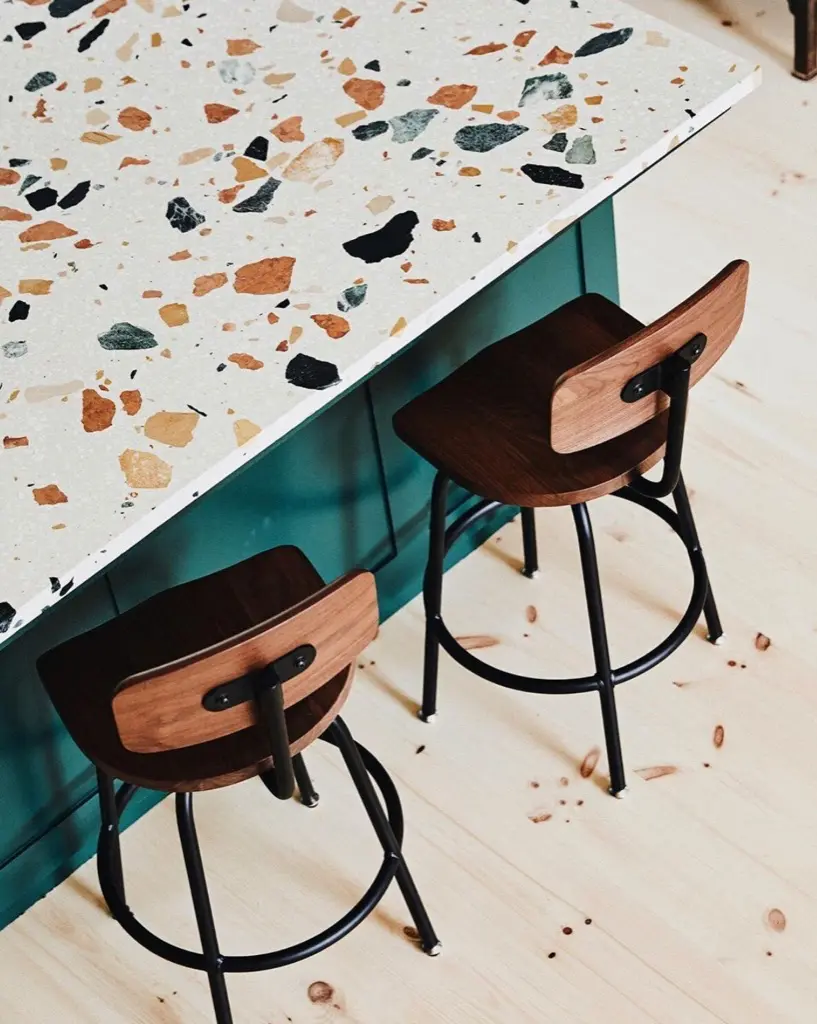 Kitchen island inside the Stella House by Alessandro Ronfini
Kitchen island inside the Stella House by Alessandro Ronfini
(EcoHome) So along those lines, can you have an energy efficient house without it being a passive house?
Most of the houses we work on are designed with passive house principles, but they don't necessarily pursue formal certification. This approach aligns with the preferences of most clients who, while valuing energy efficiency and comfort, may not be inclined toward the complexities of certification. In these cases, we collaborate closely with trusted contractors known for their attention to crucial details in creating highly efficient and comfortable homes.
Our approach typically adheres to the principles set forth by Passive House Institute US (PHIUS). This entails crafting residences with exceptional insulation and airtightness, complemented by the use of Energy Recovery Ventilation (ERV) systems to ensure optimal indoor air quality. While these projects might not pursue the rigorous energy efficiency standards associated with certification, they still prioritize creating homes that are both energy-efficient and health-conscious.
So, in essence, our work revolves around applying passive house principles to create residences that are exceptionally well-insulated, airtight, and equipped with ventilation systems for comfort and health. While certification may not always be the goal, the commitment to energy efficiency and quality remains unwavering.
(EcoHome) How should people with older homes think about improving their efficiency?
Working on older homes proves to be more intricate than one might initially expect. To enhance their energy efficiency, certain compromises often come into play, and it's crucial for the client to be willing to embrace these concessions. Take, for instance, a project we're currently engaged in involving a house with single-pane windows dating back to the 1800s. The client has a strong desire to preserve these beautiful windows in their original state, which is entirely understandable. However, it's important to acknowledge that such single-pane windows, especially in the climate of New York, tend to create areas that are consistently uncomfortable—too cold during winter and excessively hot in the summer.
In retrofitting existing homes, we often find ourselves at the crossroads of making compromises. Yet, there are multiple strategies at our disposal. As previously mentioned, one of the paramount considerations is achieving a high degree of airtightness, sometimes even more critical than enhancing insulation. This not only elevates the overall quality of the interior environment but also diminishes the risk of air infiltration within the walls, which can lead to issues like mold.
Our initial focus is typically centered on assessing how we can enhance the airtightness of the house while concurrently ensuring a controlled supply of fresh air through mechanical ventilation. Beyond that, if the project allows, we aim to improve insulation and, in cases like the one with historic windows, consider how to compensate for inevitable energy losses. Furthermore, we address concerns related to indoor air quality, take measures to mitigate excessive humidity in basements, and explore opportunities to transition from gas-burning appliances to electric ones.
Ultimately, the key objective is to manage air and water infiltration to protect the existing structures and create a healthy and comfortable interior space.
(EcoHome) How can homeowners help you make a job go more smoothly?
Being transparent about goals and budget considerations from the outset is of utmost importance. This transparency empowers architects to establish realistic expectations for their work, aligning their design choices with the available resources. By doing so, architects can craft a project that meets the client's expectations without setting unrealistic goals that can lead to frustration for all parties involved—the client, the architect, and the entire project team.
(EcoHome) When should a homeowner think about hiring an architect for like what projects and how early in the process of thinking about building a home?
When it comes to building a new home, it's generally advisable to make the architect your first point of contact. Architects play a pivotal role in determining where the house can be situated on a lot, addressing any environmental restrictions, zoning regulations, or other considerations. They also have the expertise to strategically position the house to maximize views or provide appropriate shading based on the local climate. Essentially, architects are often the initial professionals engaged by clients to shape the vision of a home.
Once the site is established, other experts such as civil engineers, mechanical engineers, and construction engineers can enter the equation. Their input is valuable and can lead to adjustments in the project.
As for renovations, the approach may differ. Not every renovation necessitates the involvement of an architect. Sometimes, the scope of work is relatively limited, and their services aren't necessary. In such cases, engaging a contractor for an initial walkthrough can be a prudent step. The key is to ascertain the precise scope of work and align it with the client's goals. This way, expectations are set correctly, and resources are allocated effectively, preventing unnecessary expenditure of time and money.
For new construction, an architect often takes the lead, while for renovations, a contractor's initial walkthrough can help determine the appropriate level of expertise required. Clarity in defining the scope of work is crucial in both scenarios.
(EcoHome) What's the biggest mistake you see homeowners make with their homes, be it with a renovation or with a new construction project?
It's not uncommon for people to underestimate the importance of involving the right professionals at the early stages of a construction or renovation project. This oversight can lead to problems down the road, often requiring professionals to come in and address issues that could have been prevented from the outset.
Following the correct sequence of steps is essential. It's crucial to engage professionals like architects, mechanical engineers, and structural engineers at the appropriate times to ensure that the project proceeds smoothly from the start. This helps prevent problems and costly setbacks.
Another common mistake that owners make is underestimating the cost of construction or renovation. Research is key here; it's essential to understand the market and have a realistic grasp of the expenses involved. Seeking out reliable, reputable sources for cost estimation is vital.
Building or renovating a home can be a complex process, and avoiding these common pitfalls by involving the right professionals and conducting thorough research can make a world of difference in the project's success.
(EcoHome) Tell me a little bit about Homes by Mode.
We've been noticing a growing demand for pre-designed plans rather than custom homes. To cater to this evolving demand we've introduced a series of home designs that you can instantly purchase online. These homes are designed with a variety of clients in mind, including homeowners who work from home, and those seeking an affordable second home who also enjoy hosting.
Clients can purchase a simplified set of plans, elevations and takeoffs that can be used for preliminary pricing. If the numbers align with their expectations, they can purchase a full construction set and work with their contractor of choice to build their home.
In many areas of the US these homes can be built without the need of an architect’s stamp on the drawings. For clients working in the tri-state area we also offer permitting and construction administration assistance.
(EcoHome) And what's the website URL for Homes by Mode?
(EcoHome) Anything else you'd like to add?
Thank you very much for the interview. Looking forward to seeing EcoHome grow.
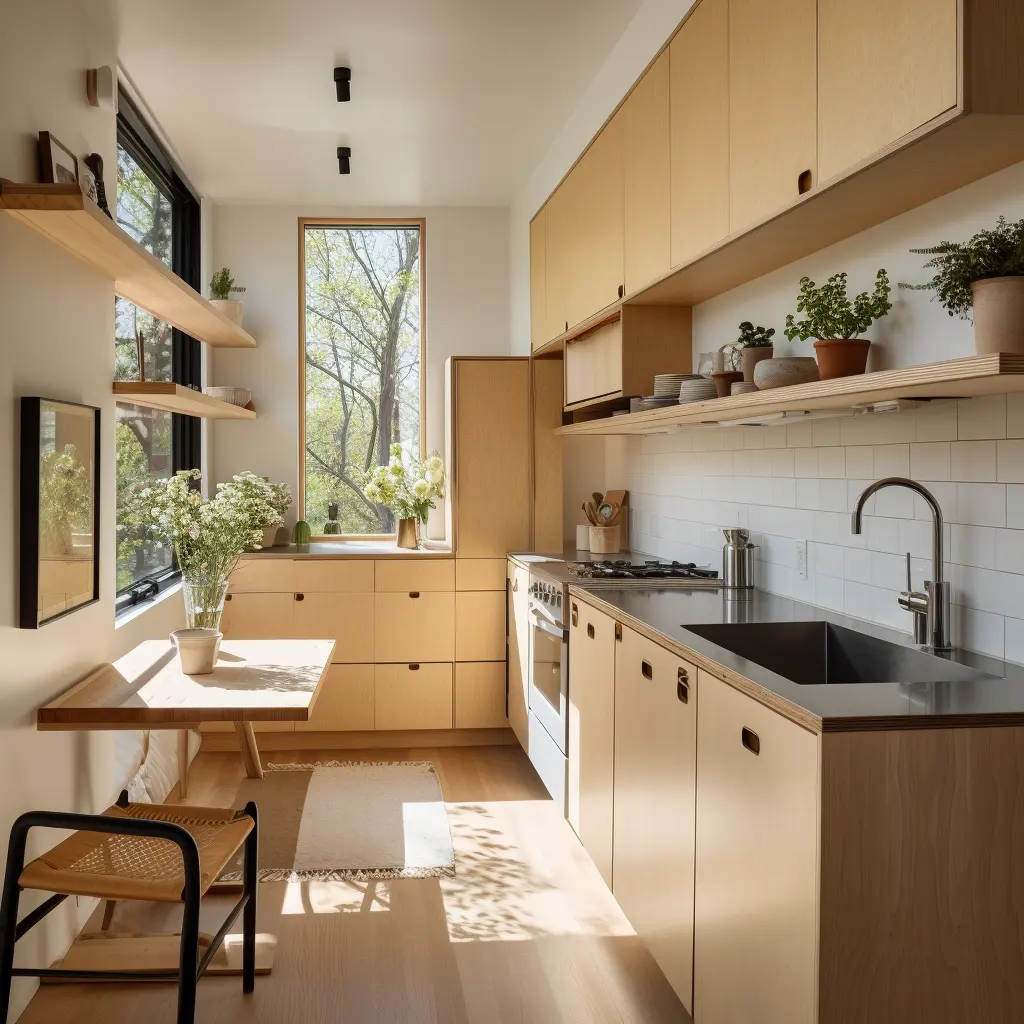
Renovate with EcoHome
EcoHome empowers homeowners to confidently build healthy and comfortable homes for a fair price.
Sign UpLocations View All →
NY
- Albany
- Binghamton
- Buffalo
- Esopus
- Freeport
- Hempstead
- Highland
- Kingston
- Long Beach
- Marlboro
- Mount Vernon
- New Paltz
- New Rochelle
- New York City
- Niagara Falls
- North Tonawanda
- Olivebridge
- Plattekill
- Rochester
- Rome
- Saugerties
- Schenectady
- Shandaken
- Syracuse
- Troy
- Utica
- Valley Stream
- Wallkill
- Woodstock
- Yonkers
NJ
- Bayonne
- Brick
- Camden
- Cherry Hill
- Clifton
- East Orange
- Edison
- Elizabeth
- Jersey City
- Lakewood
- Middletown
- Newark
- Old Bridge
- Passaic
- Paterson
- Toms River
- Trenton
- Union City
- Woodbridge
CT
PA
- Allentown
- Altoona
- Bethel Park
- Bethlehem
- Chester
- Easton
- Harrisburg
- Hazleton
- Lancaster
- Lebanon
- Monroeville
- Philadelphia
- Pittsburgh
- Reading
- Scranton
- Wayne
- Wilkes Barre
MD
- Abingdon
- Baltimore
- Bethesda
- Bowie
- Columbia
- Dundalk
- Ellicott City
- Frederick
- Gaithersburg
- Germantown
- Glen Burnie
- Potomac
- Rockville
- Severn
- Silver Spring
- Towson
- Waldorf



